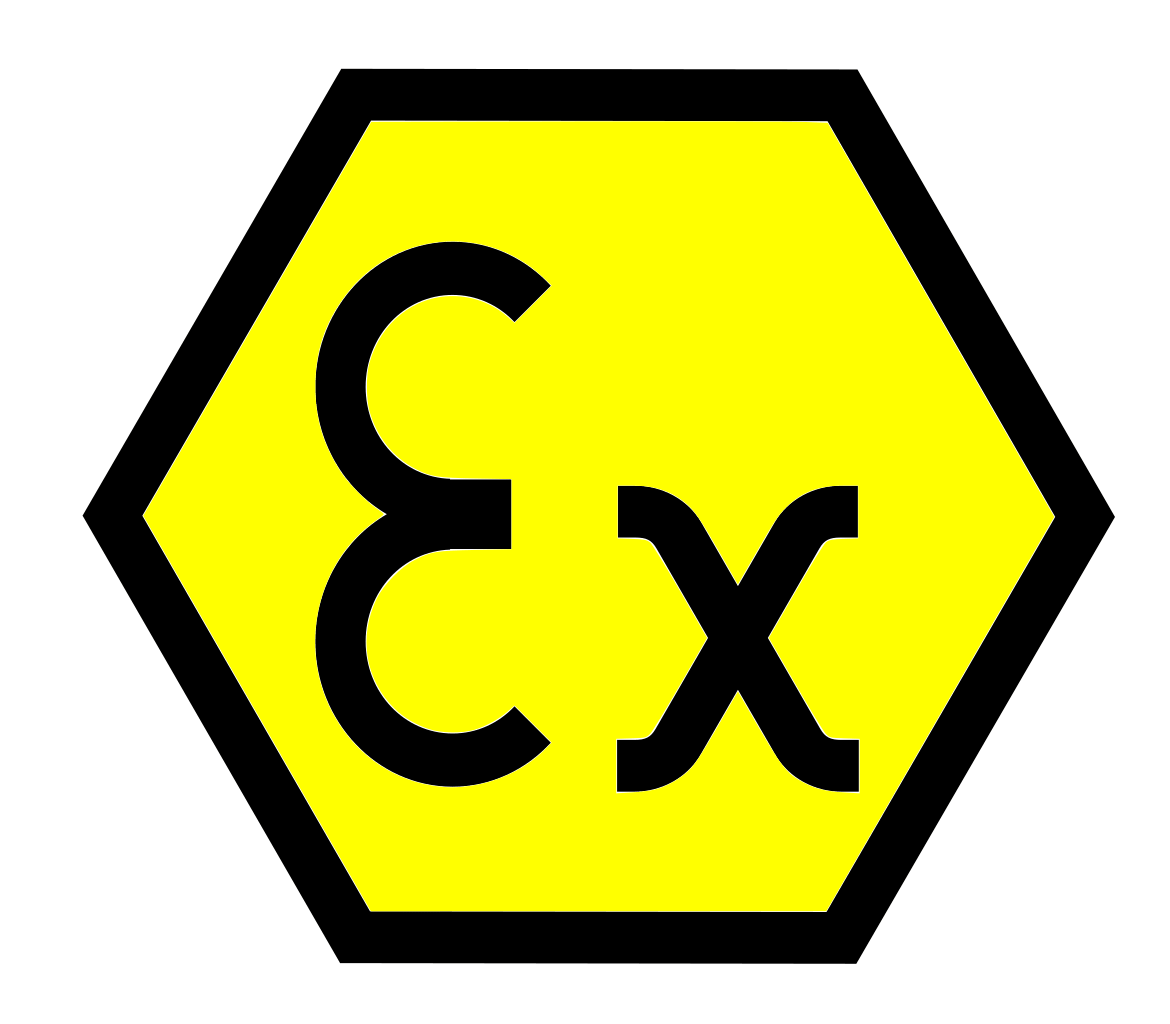Rumored Buzz on Roar Solutions
Rumored Buzz on Roar Solutions
Blog Article
The 3-Minute Rule for Roar Solutions
Table of ContentsOur Roar Solutions PDFsSome Known Incorrect Statements About Roar Solutions Facts About Roar Solutions Uncovered
In order to secure installations from a potential surge an approach of evaluating and classifying a potentially dangerous location is needed. The purpose of this is to ensure the appropriate option and installment of equipment to eventually avoid a surge and to ensure security of life.
(https://www.artstation.com/roarsolutions6/profile)
No tools should be set up where the surface temperature level of the tools is above the ignition temperature of the given danger. Below are some typical dust hazardous and their minimal ignition temperature level. Coal Dirt 380C 225C Polythene 420C (melts) Methyl Cellulose 420C 320C Starch 460C 435C Flour 490C 340C Sugar 490C 460C Grain Dirt 510C 300C Phenolic Resin 530C > 450C Aluminium 590C > 450C PVC 700C > 450C Soot 810C 570C The possibility of the risk being existing in a focus high adequate to trigger an ignition will certainly differ from area to location.
In order to identify this threat an installation is split into locations of threat relying on the quantity of time the dangerous is present. These locations are referred to as Areas. For gases and vapours and dirts and fibres there are three areas. Zone 0 Zone 20 A dangerous atmosphere is extremely most likely to be existing and may be existing for long durations of time (> 1000 hours each year) or perhaps continuously Area 1 Area 21 A dangerous ambience is feasible however not likely to be present for lengthy durations of time (> 10 450 C [842 F] A category of T6 means the minimal ignition temperature level is > 85 C [185 F] Dangerous location electric tools maybe developed for use in higher ambient temperatures. This would certainly indicated on the ranking plate e.g. EExe II C T3 Ta + 60C( This indicates at 60C ambient T3 will not be surpassed) T1 T1, T2, T3, T4, T5, T6 T2 T2, T3, T4, T5, T6 T3 T3, T4, T5, T6 T4 T4, T5, T6 T5 T5, T6 T6 T6 A T Course rating of T1 suggests the maximum surface temperature level generated by the tool at 40 C is 450 C. Assuming the connected T Course and Temperature level score for the devices are appropriate for the area, you can always use a tool with a much more strict Department ranking than needed for the area. There isn't a clear response to this inquiry. It truly does depend upon the kind of devices and what repair work require to be performed. Devices with certain test treatments that can't be performed in the area in order to achieve/maintain 3rd party rating. Must come back to the factory if it is before the devices's service. Field Repair Work By Authorised Worker: Complex screening may not be needed nevertheless details treatments might require to be followed in order for the equipment to maintain its 3rd party score. Authorized employees need to be used to do the work appropriately Repair service must be a like for like substitute. New part must be considered as a straight substitute calling for no special testing of the tools after the repair work is full. Each tool with an unsafe ranking should be evaluated independently. These are described at a high degree below, yet for more thorough information, please refer directly to the standards.
The Roar Solutions Ideas
The equipment register is a detailed data source of equipment records that includes a minimum collection of fields to identify each item's area, technological criteria, Ex lover classification, age, and environmental data. The ratio of Thorough to Close inspections will be identified by the Equipment Threat, which is analyzed based on ignition danger (the chance of a source of ignition versus the possibility of a combustible environment )and the harmful location classification
( Zone 0, 1, or 2). Carrying out a durable Risk-Based Assessment( RBI )strategy is critical for making certain conformity and safety in taking care of Electric Tools in Hazardous Locations( EEHA).
How Roar Solutions can Save You Time, Stress, and Money.

In terms of eruptive risk, a hazardous location is an environment in which an explosive environment is existing (or may be anticipated to be present) in quantities that require special preventative measures for the construction, installation and use of devices. Roar Training Solutions. In this write-up we check out the obstacles encountered in the workplace, the threat control actions, and the needed competencies to function safely
It is an effect of modern-day life that we make, save or take care of a variety of gases or liquids that are deemed flammable, and a range of dusts that are considered flammable. These substances can, in certain conditions, form explosive atmospheres and these can have significant and unfortunate consequences. Most of us know with the fire triangle eliminate any type of among the three components and the fire can not take place, yet what does this mean in the context of unsafe areas? When damaging this down into its most basic terms it is basically: a mix of a specific amount of i was reading this release or leak of a certain material or material, combining with ambient oxygen, and the existence of a resource of ignition.
In a lot of circumstances, we can do little about the degrees of oxygen in the air, but we can have substantial influence on resources of ignition, for instance electrical equipment. Harmful locations are recorded on the hazardous location classification illustration and are recognized on-site by the triangular "EX" sign. Below, among other crucial information, zones are split into three kinds depending on the hazard, the probability and period that an explosive environment will certainly exist; Area 0 or 20 is deemed the most hazardous and Zone 2 or 22 is regarded the least.
Report this page